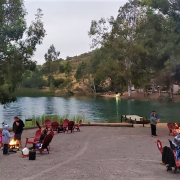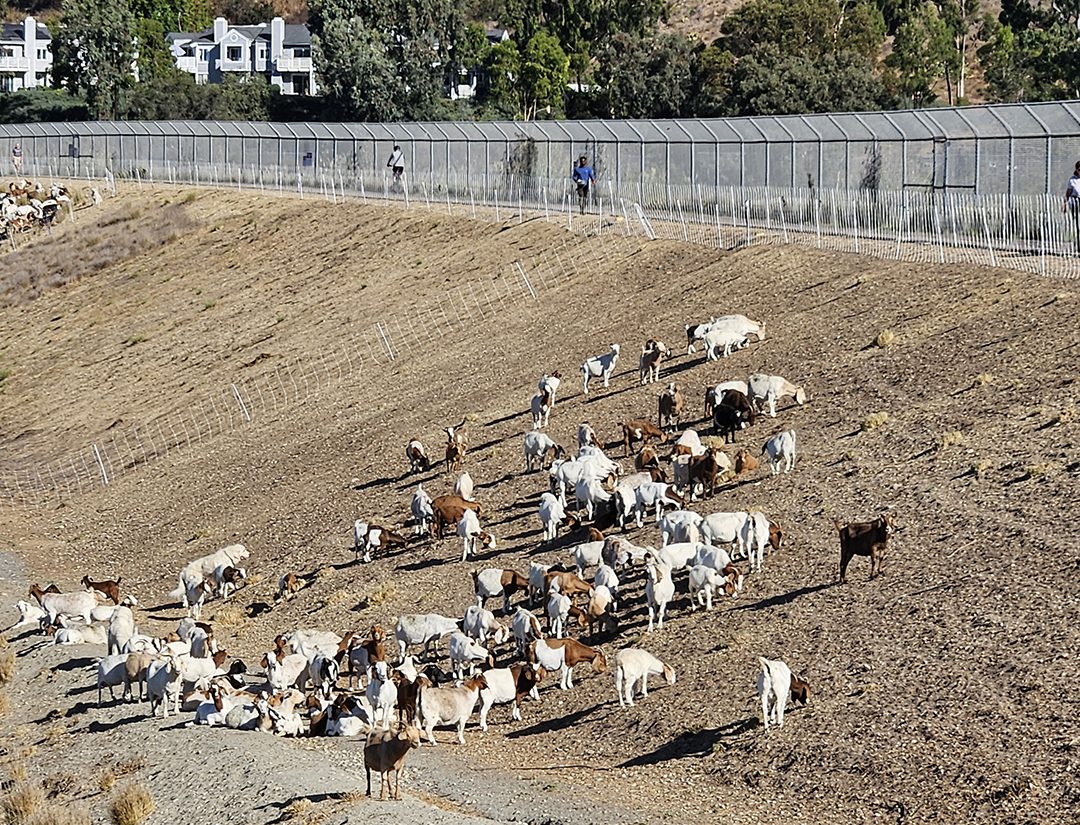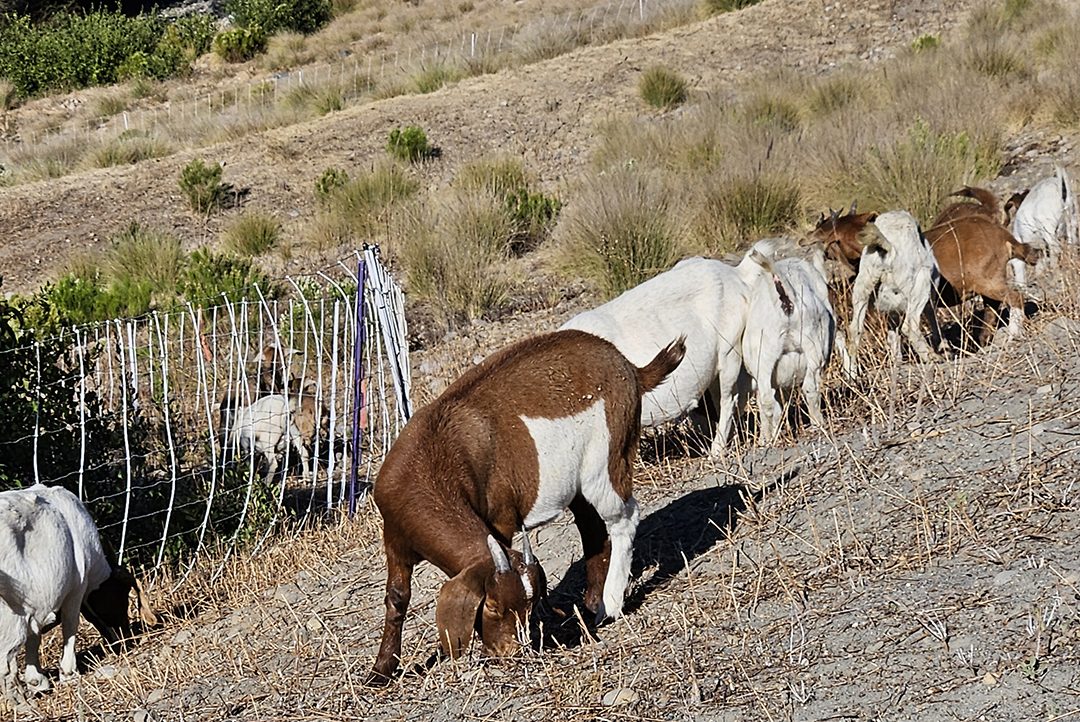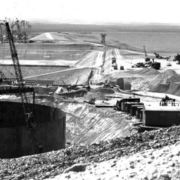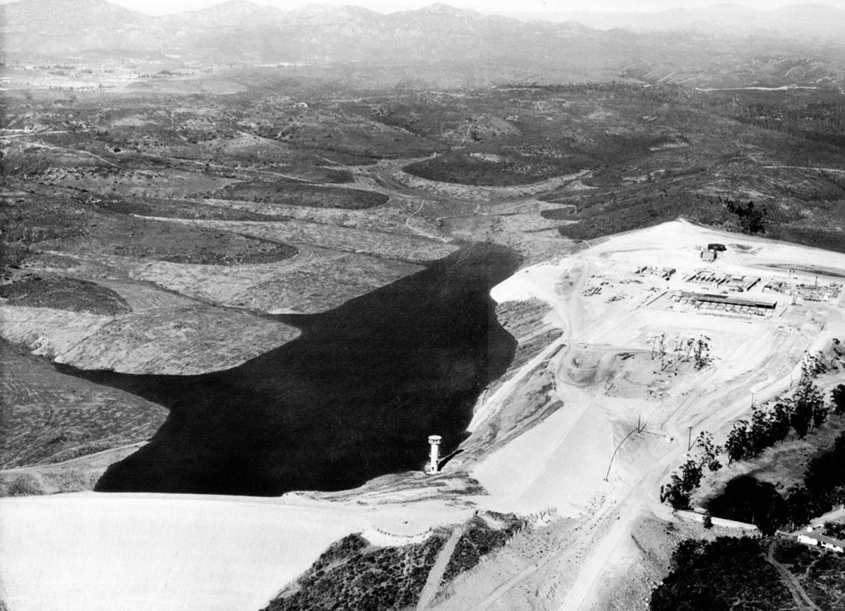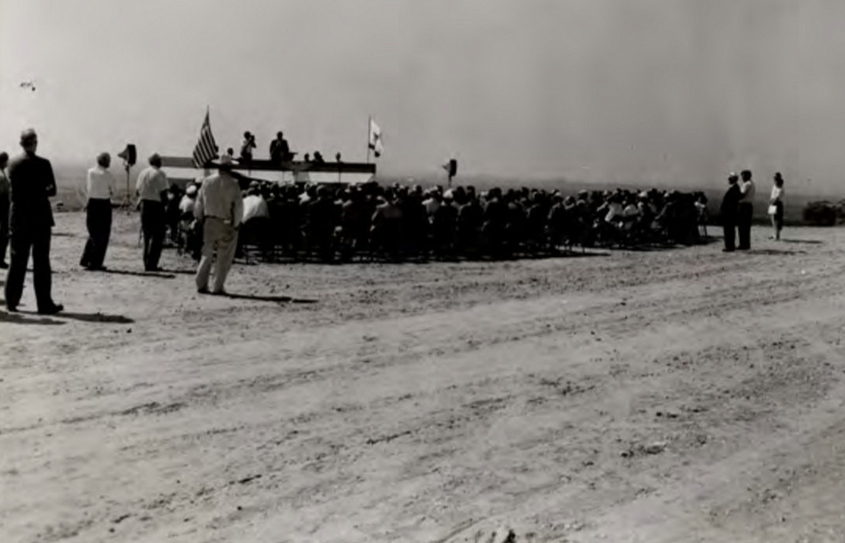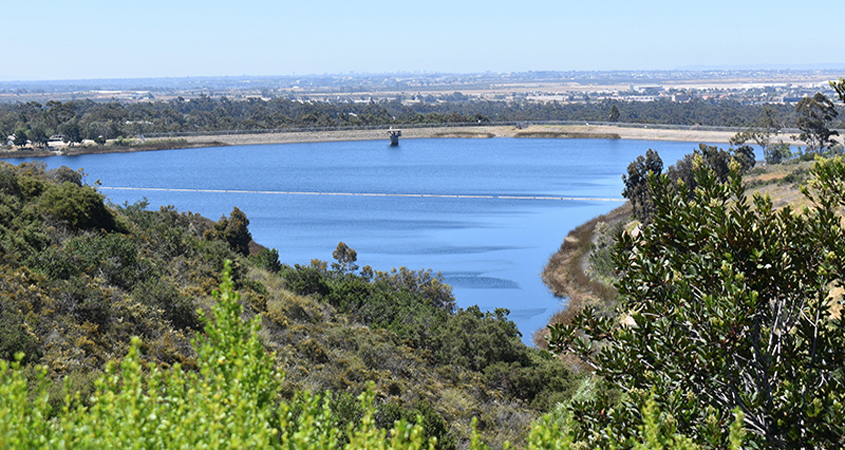San Diego Regional Reservoirs Offer Summer Activities
Although San Diego County is best known for its beautiful beaches, it is also home to more than 20 freshwater lakes and reservoirs. These bodies of water offer a variety of recreational opportunities.
Lake fishing lets anglers hook catfish, bluegill, carp, crappie, sunfish, bass, and trout. Water enthusiasts can enjoy kayaking, boating, rowing, and wakeboarding on the calm waters. For families, barbecue and picnic areas offer the perfect location to spend the day by the lake.
Many of San Diego County’s most popular reservoir recreation areas offer seasonal events through Labor Day to celebrate San Diego County’s beautiful summer weather.
Summer In Full Swing At Santee Lakes
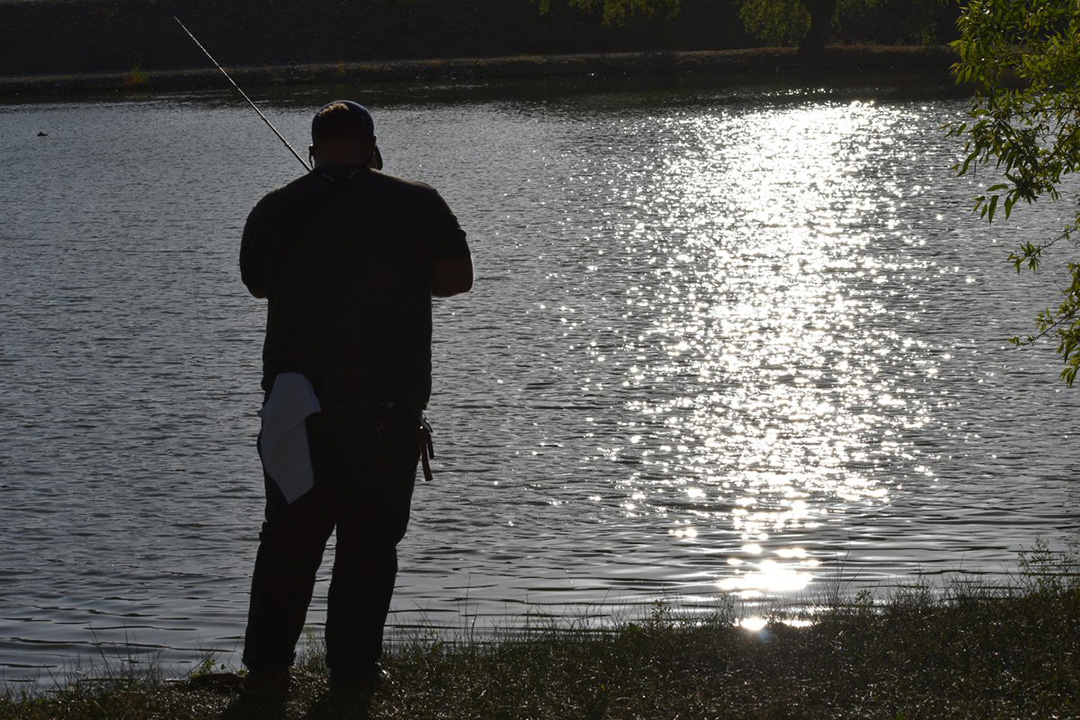
Night fishing is a popular activity at Santee Lakes during the summer months. Photo: Santee Lakes
Santee Lakes offers a variety of summer activities, including fishing, camping, picnic shelters with BBQ grills, and entertainment. The park also features playgrounds, a sprayground at Lake 1 to cool the kids and their adult friends, and hiking trails. For campers, there is laser tag on Friday nights.
Enjoy live music with the “Summer Jams on Deck” series featuring music on select Fridays and Saturdays from 5 to 7 p.m.
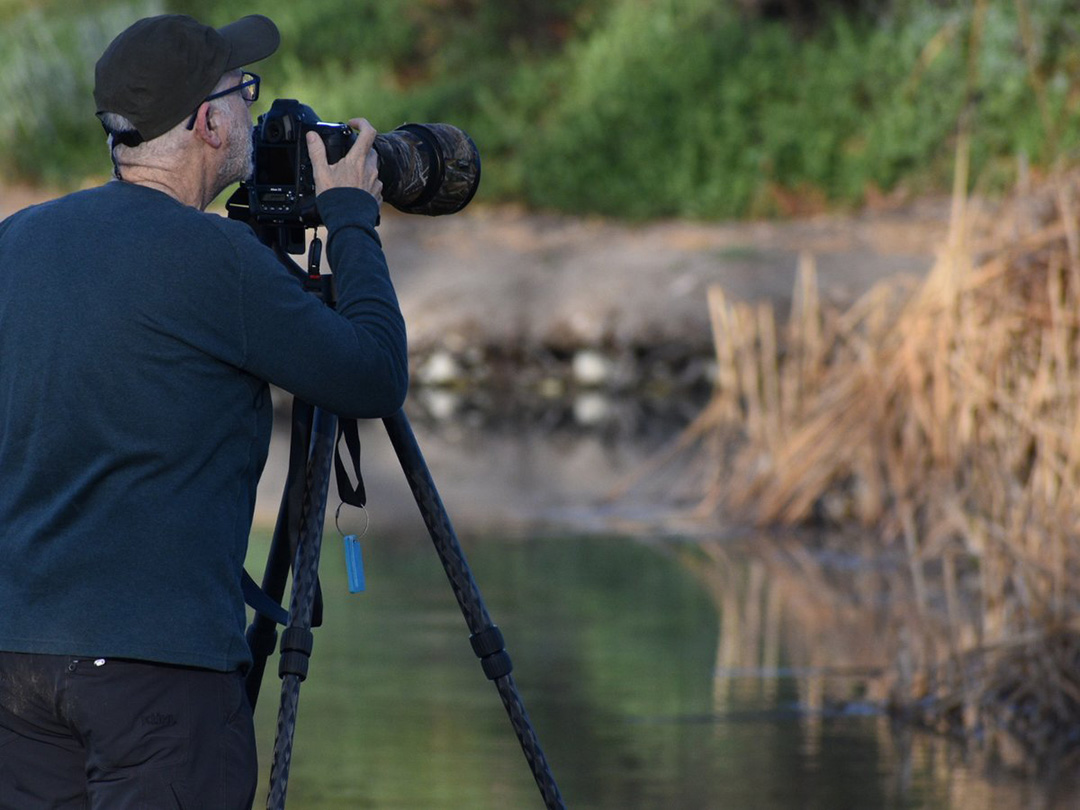
More than 230 species of birds migrate through or call Santee Lakes home. Photo: Santee Lakes
Santee Lakes has seven lakes where fishing is permitted, with options for both day and night fishing (for campers with a permit). If you’re new to fishing, “Fishing 101” is offered on select Saturday mornings through September. A park ranger can offer tips both for beginners and seasoned anglers. Meet at the General Store from 8 a.m. to 9:30 a.m. Check the website Events Calendar for dates.
Originally opened to the public in 1961, today, Santee Lakes Recreation Preserve hosts over 760,000 visitors annually. The 190-acre park’s lakes are stocked with fish year-round. Other amenities include cabin rentals, boating, facility rentals, and approximately 230 bird species.
Lake Jennings Open For Summer Fun
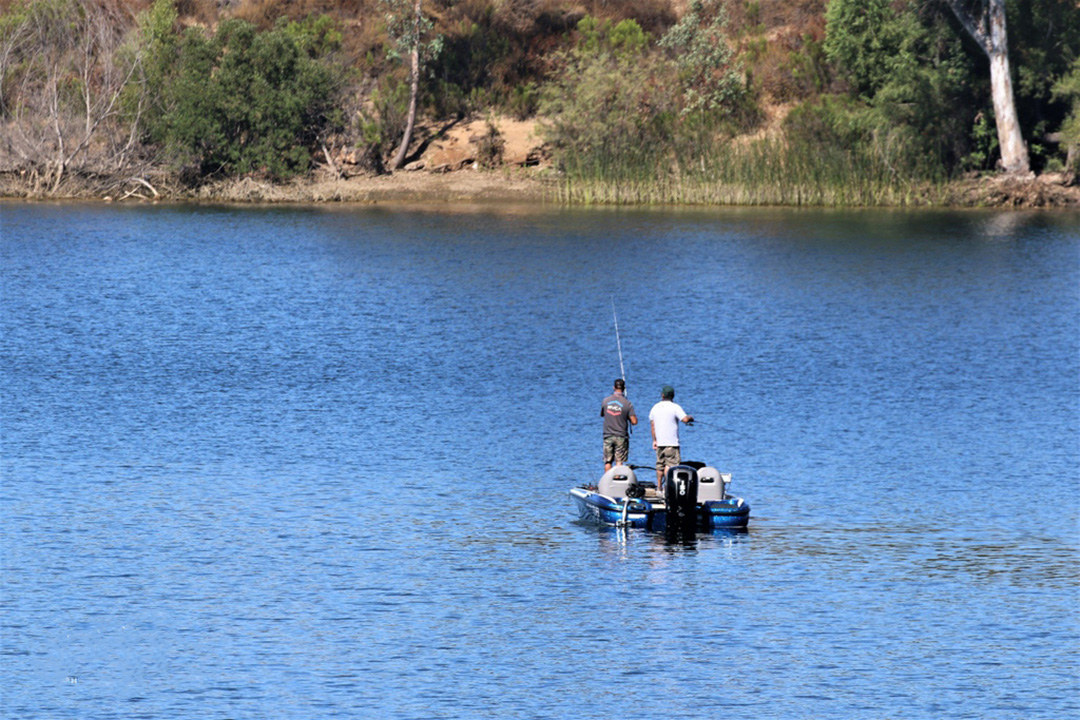
Fishing hours are extended at Lake Jennings during summer months. Photo: Lake Jennings
Lake Jennings is open daily from 6 a.m. to 5 p.m. Through Labor Day, hours are extended for boating and fishing until midnight (entrance gate closes at 10 p.m.). It is catfish season, with the lake restocked with 1,000 pounds every few weeks throughout the season.
If you want to try for the lake record, Chris Sprecco caught an 84.4 lb. blue catfish on January 18, 2020, breaking the previous lake record of a 71.3 lb. blue catfish held by Bob Bowden on June 1, 2014.
Especially popular in summer months are Hermit Cove lakefront firepit rentals from 6 p.m. to 9 p.m. Firepit rentals include lake entrance fees for up to six people, Adirondack chairs, two bundles of wood, fire starter, and set-up/clean-up. A ranger is on hand to help light and extinguish fires. Visitors can add on S’mores supplies or tailgate supplies, including hot dogs.
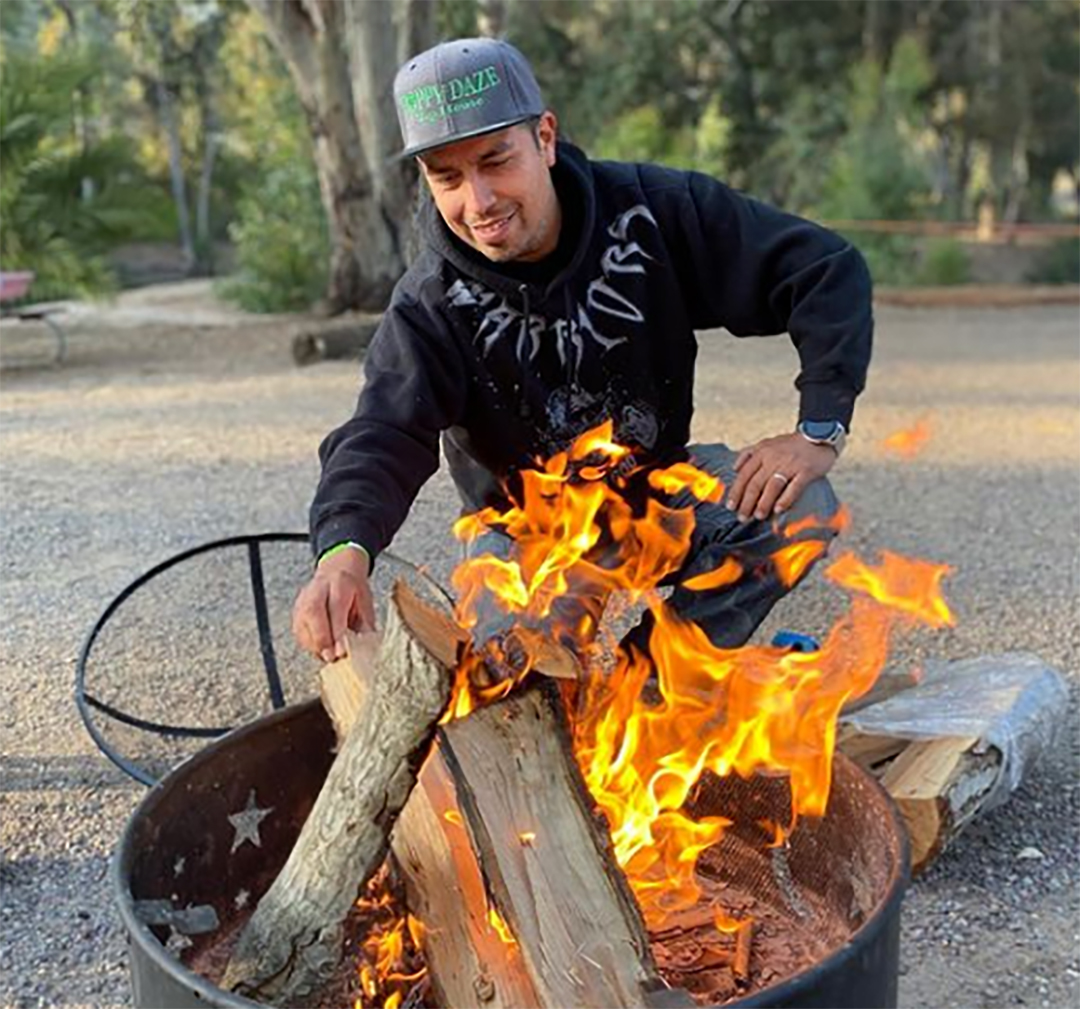
Family and friends enjoy gathering around the Lake Jennings firepits on warm summer nights. Photo: Lake Jennings
Advance reservations are required for dates through October. Firepits can be reserved online or by calling (619) 390-1623. Fishing permits are not included and must be purchased separately.
Lake Jennings is an exceptional destination during the summer months for the serious and casual wildlife viewer and photographer. The rolling hills, the endless lake, the coastal sage, and the riparian areas provide a diverse habitat in a small area. Common sightings include deer, fox, and osprey. Bird watchers are drawn to Lake Jennings for its rich variety of bird species.
Shoreline Fishing At Sweetwater Reservoir
Shoreline fishing is allowed along a 2.5-mile stretch on the south side of Sweetwater Reservoir from Friday through Monday from 7 a.m. to 5 p.m. through September. Located at the eastern edge of Bonita, Sweetwater Reservoir’s Recreation Program is easily accessible and offers outdoor activities, including birdwatching and a riding and hiking trail operated by the County of San Diego.
Visitors must bring their own food, drink, bait, and tackle, including drinking water. Portable restrooms are provided.
The entrance is located at 3203 Summit Meadow Road in Bonita. A valid California Department of Fish and Wildlife Fishing License is required. Regular fishing fees remain in effect on Fridays, Saturdays, and Mondays. For more information on current hours, fees, and safety, visit www.sweetwater.org/fishing.
Primarily a local water supply for the Authority’s 200,000 customers in National City, Chula Vista, and Bonita, the Authority has created recreational opportunities including fishing programs and a riding and hiking trail at Sweetwater operated by the County of San Diego through a license from the Authority.
Lake Miramar Offers Oasis In The Heart of San Diego
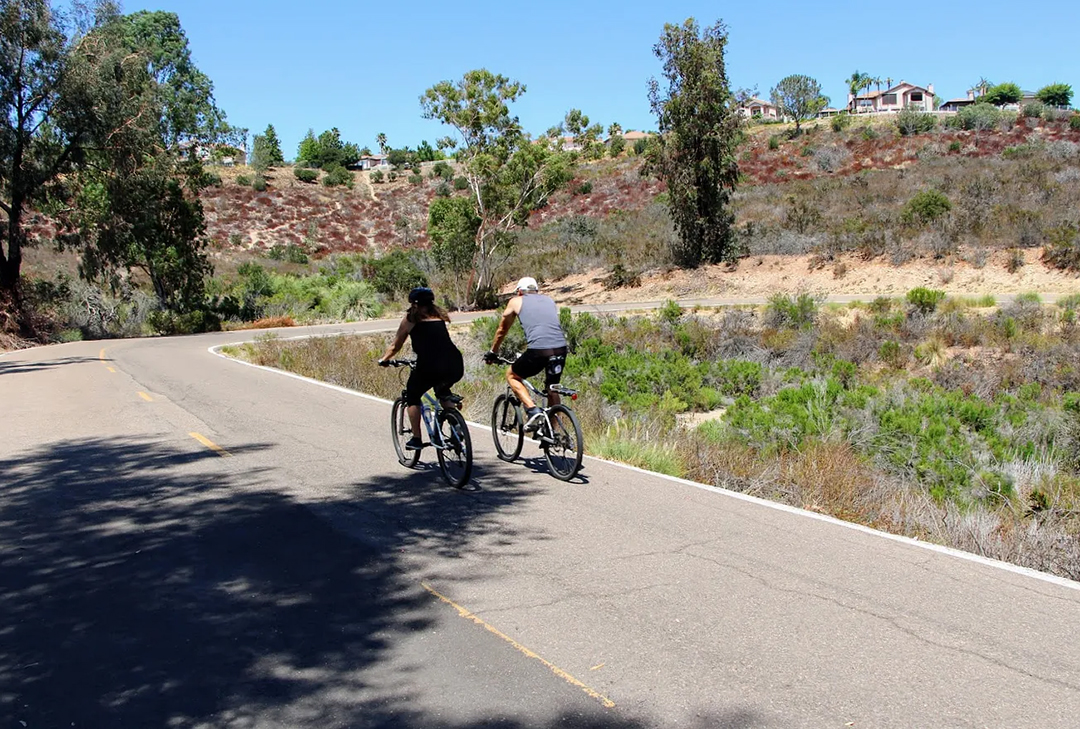
The five mile road circling Lake Miramar is popular for cycling, walking, and running. Photo: City of San Diego
Just east of Interstate 15 in Scripps Ranch, the Miramar Reservoir is popular for producing some of the biggest largemouth bass in the world. Visitors can also enjoy boating, kayaking, and canoeing activities. There are 18 barbecues and 48 picnic tables for family outings.
The park’s concession facility offers boat and bike rentals, bait and tackle, and snacks. For walkers, runners, and cyclists, the lake’s five-mile-long scenic trail that wraps around the lake is a popular highlight.
The lake is open daily from sunrise to sunset. For more information, visit the City of San Diego’s website.
San Vicente Reservoir A Favorite For Water Sports
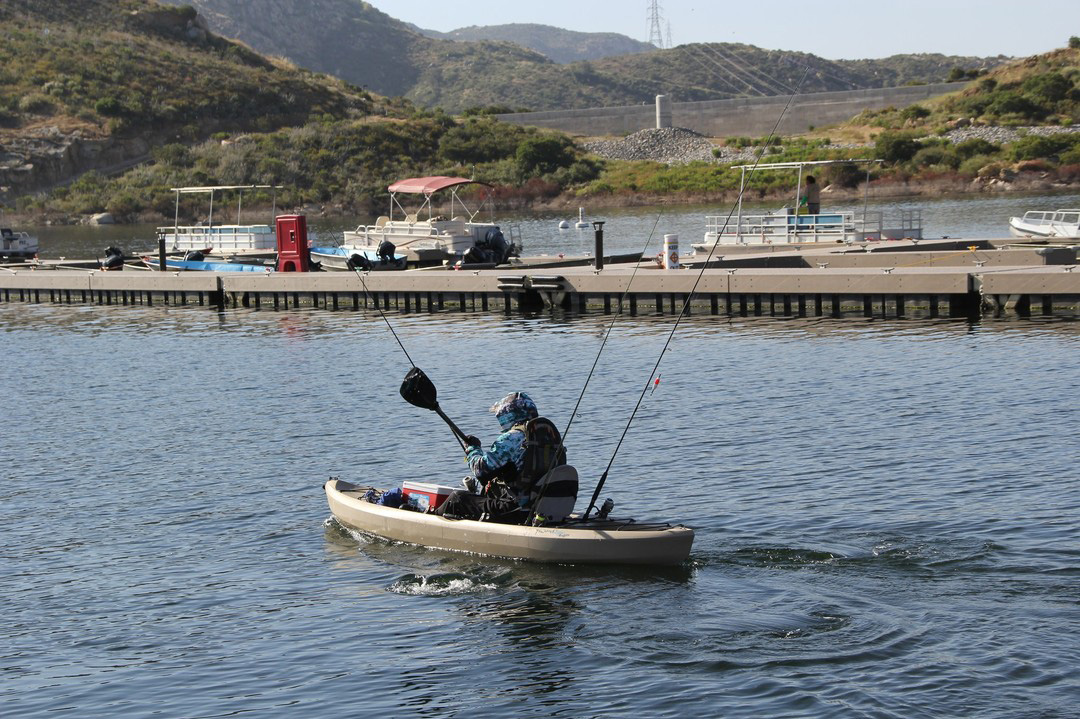
Some of the region’s best water sports and fishing is found at the San Vicente Reservoir in Lakeside. Photo: City of San Diego
Located in Lakeside, the San Vicente Reservoir is open Thursdays through Sundays from Memorial Day through October. From one half hour before sunrise until sunset, general boating and water contact sports such as water skiing, wakeboarding, stand-up paddleboarding, and canoeing and kayaking are permitted.
Personal watercraft are allowed if safely towing a skier, wakeboarder, or tube device meeting safety regulations.
At San Vicente, visitors can enjoy some of the region’s best fishing. Picnic and barbecue areas and restrooms are open. Leashed dogs are permitted. Visit the lake webpage for additional information.

